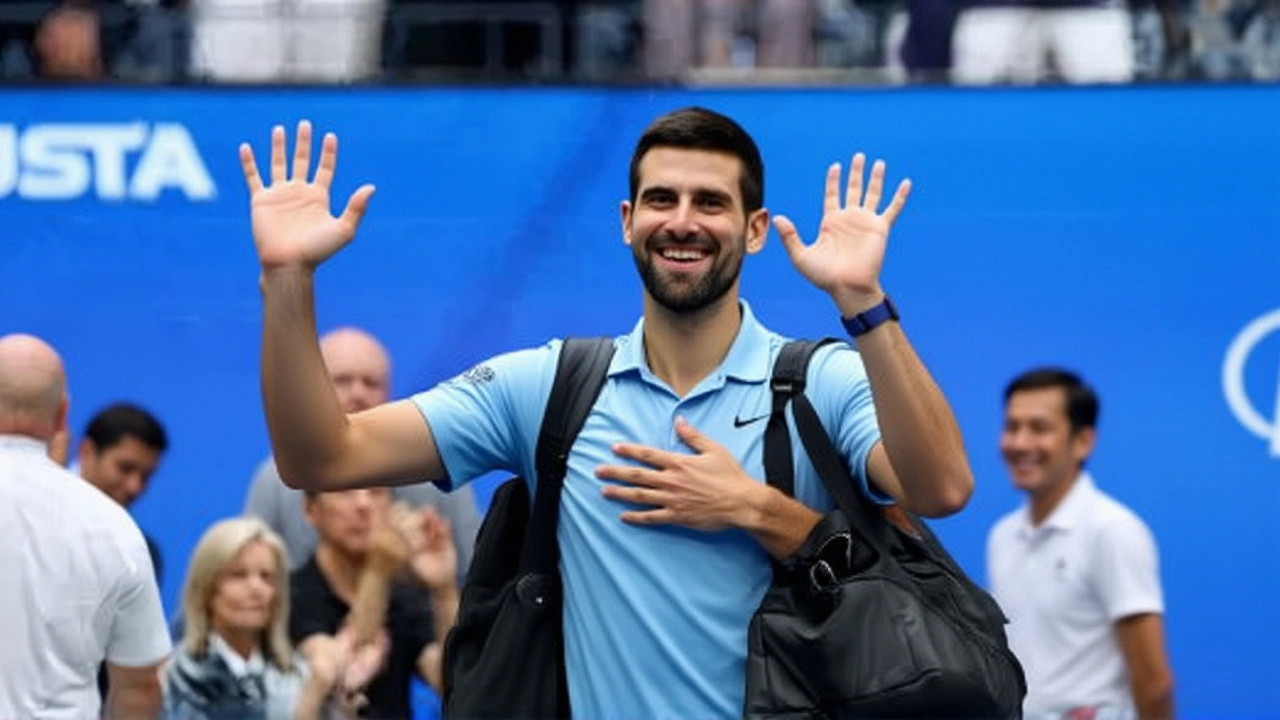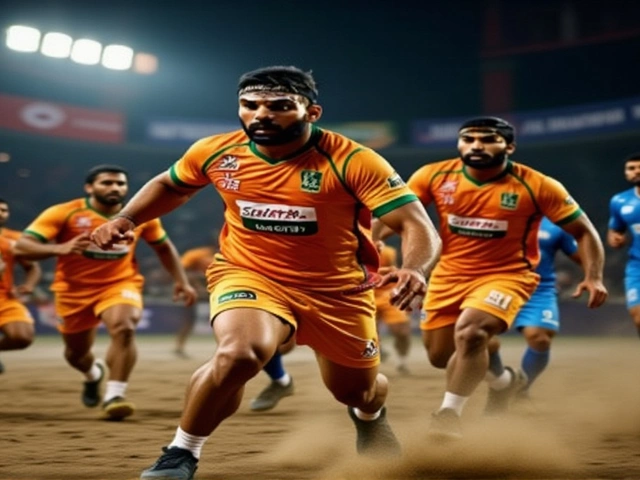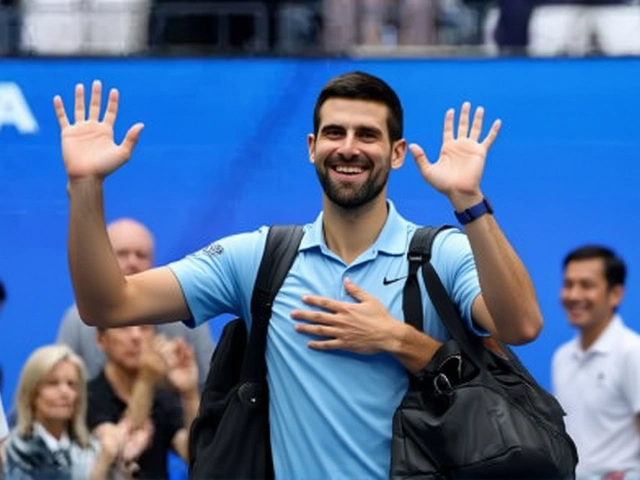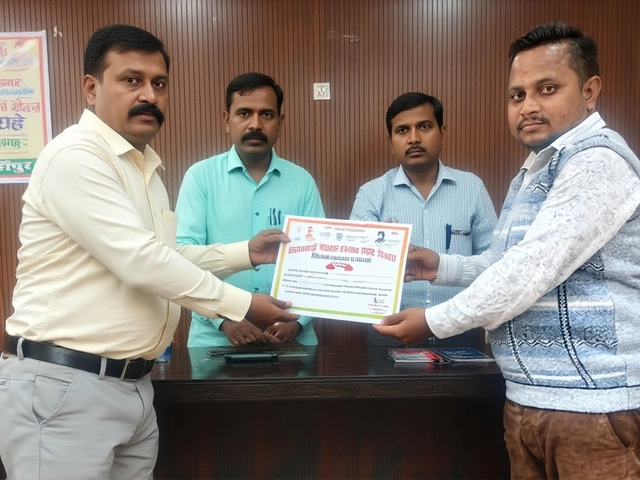ATP Masters 1000 – The Premier ATP Tour Events
When you hear ATP Masters 1000, a collection of nine elite men’s tennis tournaments that sit just below the Grand Slams in prestige and ranking points. Also known as Masters 1000 events, they shape the season, drive the narrative of the sport and attract the world’s biggest names. Each stop awards 1,000 points to the champion, making these events a critical stepping stone toward year‑end rankings and the coveted World Tour Finals. Fans tune in for high‑stakes matches, while players treat every match as a chance to boost their career résumé and secure valuable sponsorship deals. The history of the series dates back to the early 1990s, when the ATP first grouped its most important stops under a single banner to give fans a clear hierarchy of importance beyond the Grand Slams.
Key Elements of the ATP Masters 1000 Circuit
The series spans a variety of surfaces, but most events are played on hard court, an acrylic‑topped surface that provides a medium‑fast bounce and rewards aggressive play. A few swing to clay—like the Monte Carlo Masters—or indoor carpet, adding tactical variety that tests a player’s adaptability. Because the ATP Masters 1000 stops award the same points regardless of surface, top players must constantly tweak their games throughout the year. Iconic stops such as Indian Wells, Miami, Madrid, and Cincinnati each bring their own flavor, from desert heat to high altitude, turning the tour into a true global challenge. This surface mix keeps the competition dynamic and forces the best to excel in both power and finesse.
Performance at these tournaments feeds directly into the ATP Rankings, the official point system that ranks men’s singles and doubles players worldwide. A win adds 1,000 points, a semifinal run nets 360, and even early exits can shift a player’s position if rivals miss out. The rankings determine entry into the season‑ending World Tour Finals, affect seedings at the Grand Slams, and influence draw difficulty for the rest of the calendar. A strong showing at any Masters 1000 stop can catapult a newcomer into the top‑10, while a slump can see a former champion slide out of the elite group, making every match a high‑impact event for the season narrative.
Beyond points, the Masters 1000 events bring hefty prize money, the financial rewards distributed to players based on how far they advance. Winners typically pocket six‑figure sums, while even first‑round losers earn enough to cover travel, coaching and physiotherapy expenses. The financial incentive pushes athletes to compete fiercely, and it also fuels the growth of the sport by attracting sponsors, television deals and larger fan bases. Tournament organizers often tie prize money to ticket sales and global viewership, creating a virtuous cycle where higher stakes lead to better performances, which in turn draw more eyes and money.
Because every match carries weight, you’ll see the world’s best—think Novak Djokovic, Carlos Alcaraz, Jannik Sinner, or Daniil Medvedev—bringing their A‑game to every court. Upsets happen, too; a dark horse can ride a hot streak to the final, shaking up the hierarchy and giving fans unforgettable storylines. Emerging talents use the Masters 1000 stage to announce themselves, while seasoned veterans chase legacy points that could define their careers. The blend of legends and breakthrough talent makes each tournament a narrative of endurance, strategy, and raw skill, with dramatic comebacks, marathon rallies and moments that become part of tennis lore.
The nine stops are spread across three continents, kicking off in March at Indian Wells and winding down in November in Paris. This global tour tests players’ ability to travel, acclimate to different climates, and maintain peak form over months. Jet lag, altitude changes, and varying humidity levels add layers of preparation that coaches and trainers must manage carefully. The schedule also creates natural peaks and valleys, shaping how training cycles, recovery periods and injury prevention strategies are planned throughout the year.
Ready to dive deeper? Below you’ll find a curated collection of articles that break down match analysis, player interviews, historical data and more, giving you a backstage pass to the excitement of the ATP Masters 1000 world.

Novak Djokovic returns to the 2025 Rolex Shanghai Masters, aiming for a fifth title amid humid conditions. His participation energizes Chinese fans and boosts the tournament’s economic impact.




